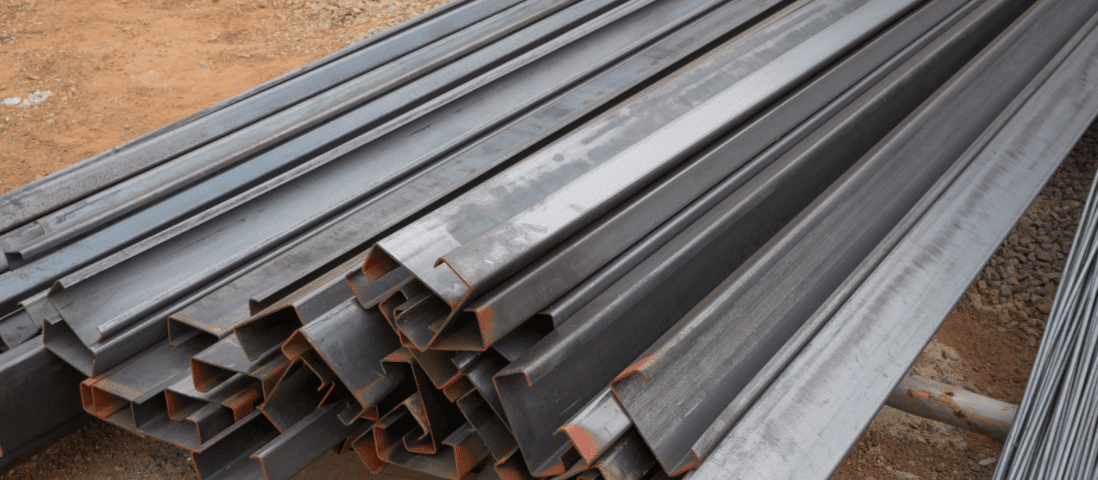
Making Vintage Cool Again: How Sandblasting and Powder Coating Renews Your Old Metal Furniture
March 11, 2021
What is Laser Cutting?
May 18, 2021Many industries felt the impact of the pandemic in 2020, including the manufacturing industry. Take a look at Metal Stamping Trends and Outlook for 2021.
Many industries felt the impact of the pandemic in 2020, including the manufacturing industry. With declines in production, forced shutdowns, and supply shortages, we’ve had to take a new approach to make our industry disruption-proof out of necessity. Out of uncertainty comes innovation and improvement. After all, necessity is the mother of invention. Let’s take a look at Metal Stamping Trends and Outlook for 2021
Looking for a Way
We are slowly gaining our operation levels as a country, but the pandemic created an environment of ongoing uncertainty. Our industry wasn’t the only one to experience a significant dip in employment levels due to forced shutdowns in the early days of the pandemic, thus hindering production.
The recovery may take a while to reach pre-pandemic levels. Projections based on the Oxford Economic Model (OEM) anticipate a decline in annual manufacturing GDP growth levels for 2021, with a forecast of -5.4% for 2021. This is even more detrimental to the industry.
We have to look at ways to navigate this disruption, adapt to the new workplace, and procure supply chain resiliency. We’ll take a deeper look at a few trends below.
Metal stamping trends in 2021 will be driven largely by low material costs and an ever-growing need for the type of intricate, lightweight, durable parts without sacrificing integrity.
Steel also hopes to make a comeback this year, perhaps with lower prices, though prices are currently rising after taking a hit over the summer. According to a Steel Market Update (SMU) poll, steel buyers remain optimistic about the future of the steel sector.
Domestic Metal Manufacturing Trends to Watch
-
AGILITY
Agility could be the key to manufacturing industry resilience as we head into 2021. Adopting new processes to meet market demand is nothing new, but implementing new techniques will help seamlessly shift gears when anticipating needs or changes and prioritizing tasks for efficiency.
The year ahead the industry will focus on rebuilding lost revenue streams or recalibrating supply networks to serve different market demands and continuing to invest in digital initiatives across their production process and supply network.
-
AUTOMATION
The use of automated technology and machine learning in manufacturing allows for more focus on actual product innovation and could improve overall growth and efficiency.
The smart manufacturing trend combines automation, artificial intelligence (AI), and the Internet of Things (IoT) by allowing smart devices to sense their environments and interact with each other. Data can forecast inventory demand and catch possible quality deviations before they travel too far into production.
While it won’t be replacing humans anytime soon, automated technology will be a more common sight in shops.
-
RESHORING
The near shutdown of global manufacturing and trade revealed how delicate international supply chains are. Bringing operations back to U.S. shores is attractive to those with international supply chains for both raw metals and finished components we hope to see them come stateside over the next few years.
An American-based supply chain won’t be impacted by world events as much and you will be able to exert more control over processes and have a better grasp of what’s going on in the shops of your third-party partners.
The global economy is improving, but it’s creating higher production costs. By headquartering operations domestically, companies can simplify their supply chains and cut down on transportation costs.
The Key to Manufacturing Industry Resilience
Manufacturers should set goals for data capture and analysis across the global manufacturing footprint. This step is significant to identifying breakpoints and opportunities for improvement. Ensuring that manufacturing thrives through the next disruptive event is important to the economy in general.


